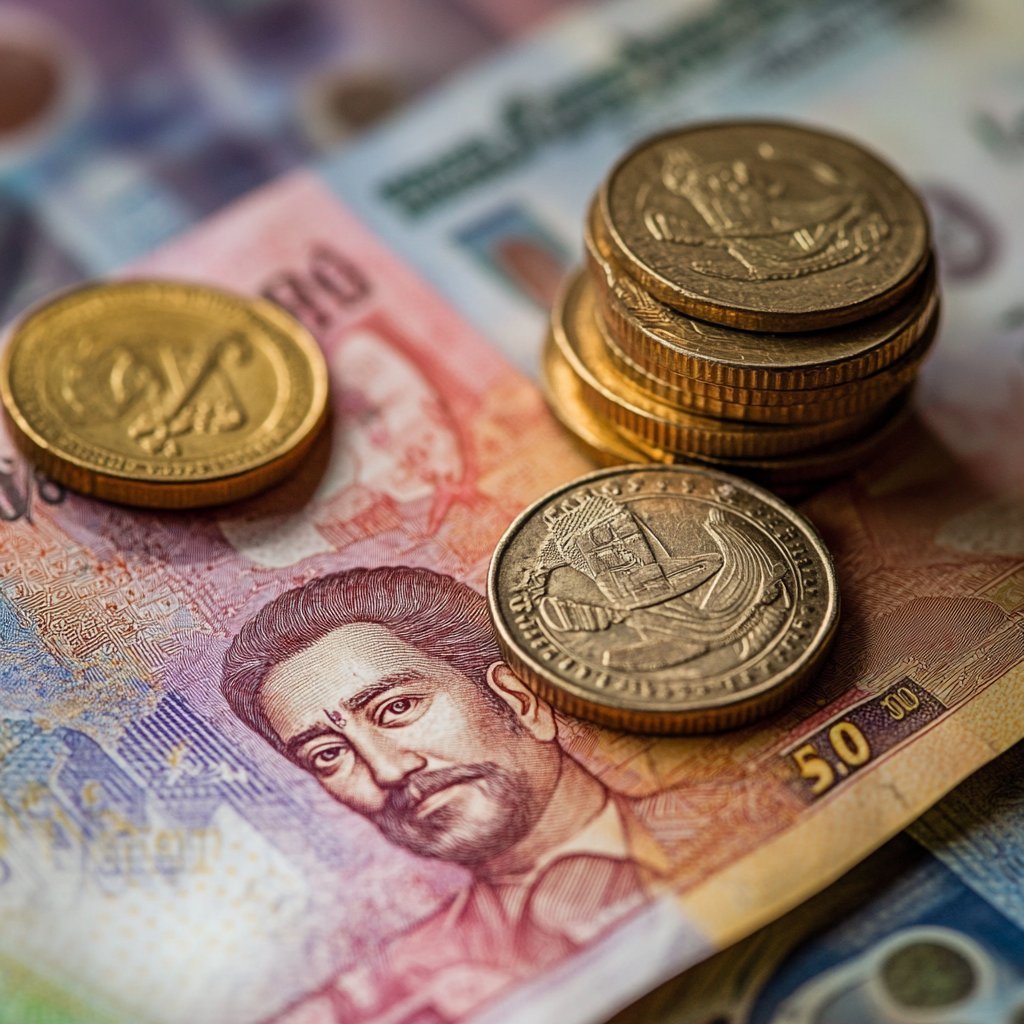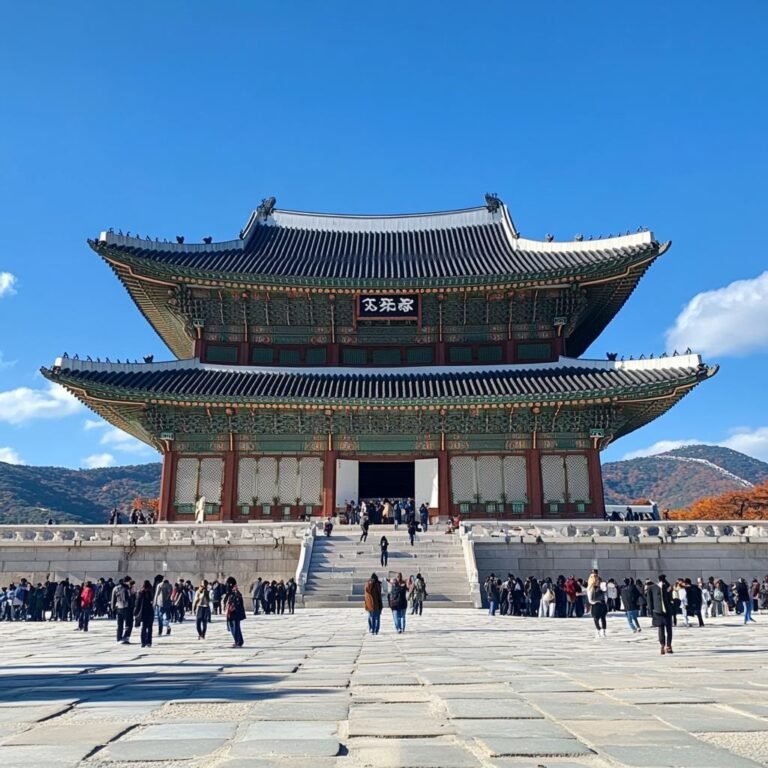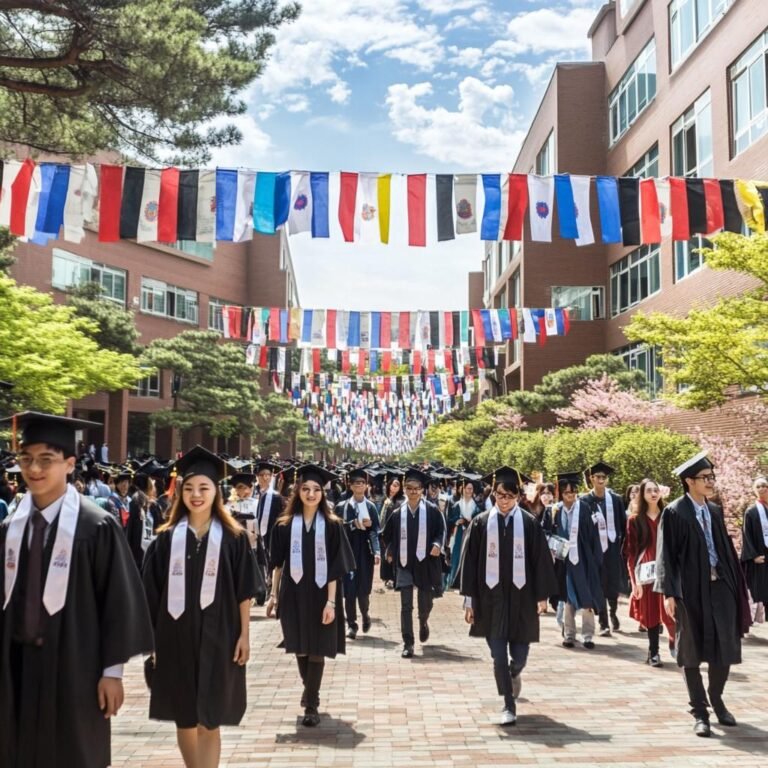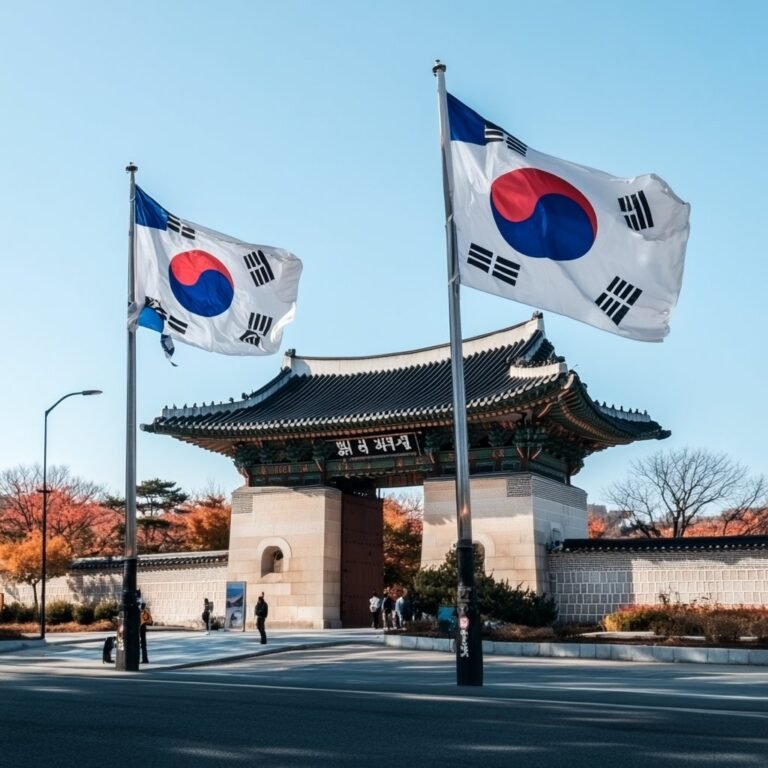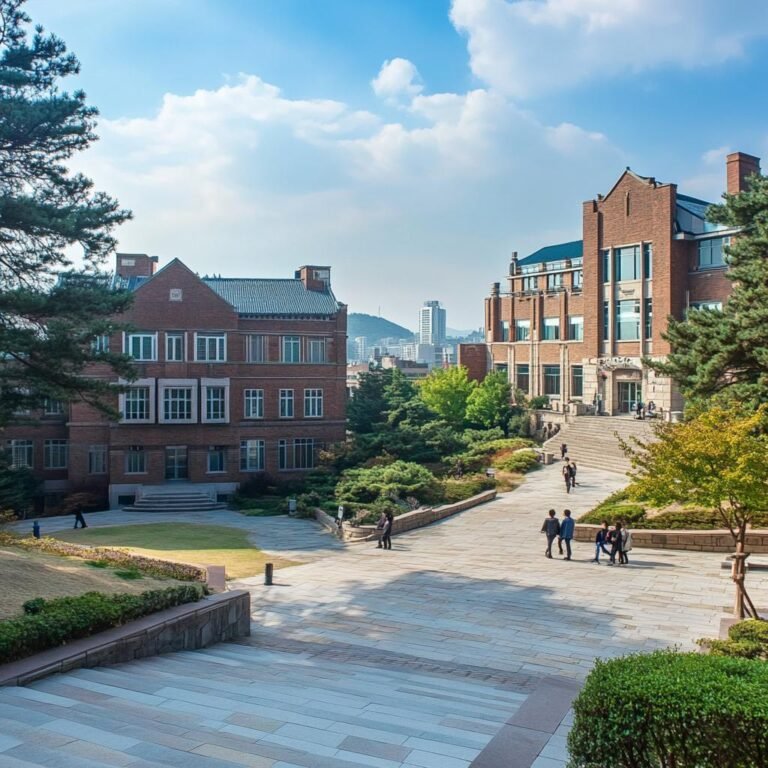How Much Bank Balance is Required for a South Korean Student Visa? A Guide for Nepali Students
Studying abroad is a dream for many Nepali students, and South Korea has emerged as a popular destination due to its globally recognized universities, high-quality education, and cultural experience. However, one of the critical aspects of applying for a South Korean student visa is demonstrating your financial capacity. In this article, we will explore the details of how much bank balance you need for a South Korean student visa, focusing on the specific requirements for Nepali students.
Understanding the South Korean Student Visa Types
Before diving into the financial requirements, it’s essential to understand the different types of student visas available for South Korea. Generally, there are two main categories for Nepali students:
- D-2 Visa: This visa is for students who have been admitted to undergraduate or graduate programs at a South Korean university. It allows students to study in Korea and also work part-time under specific conditions.
- D-4 Visa: This is a visa for language students who plan to study Korean at an educational institution. It is typically used by students aiming to enhance their language proficiency before starting their degree program.
While both visa types require proof of financial stability, the D-2 visa usually has higher financial requirements due to the longer duration and higher cost of university programs.
Minimum Bank Balance for a South Korean Student Visa
Providing proof of adequate financial resources is essential for Nepali students applying for a South Korean student visa. This proof is typically shown through a bank statement, which assures the South Korean authorities that the student has sufficient funds to cover tuition fees and living expenses during their stay.
- Undergraduate Programs: If you are applying for an undergraduate program, the minimum bank balance required is generally around USD 10,000 or more. This amount ensures that the student can cover the cost of tuition and living expenses for the first year of study
- Graduate Programs: For graduate programs, the financial requirement is usually lower. However, students should still have at least USD 7,000 to USD 10,000 in their bank account. This amount will vary depending on the specific university, the length of the program, and other factors.
It’s important to note that the required amount may vary depending on the university you are applying to, so it’s always a good idea to check with your institution and the South Korean embassy for the most accurate information.
Alternative Ways to Demonstrate Financial Capacity
In addition to showing personal savings, there are alternative ways to meet the financial requirements for a South Korean student visa:
- Scholarships: If you have been awarded a scholarship, you can use the scholarship documentation to prove your financial capacity. Many South Korean universities and external organizations offer scholarships that can significantly reduce the financial burden. For example, the Korean Government Scholarship Program (KGSP) offers full funding for students from various countries, including Nepal.
- Education Loans: An education loan from a reputable financial institution is another way to meet the financial requirement. Students can submit loan documents along with their visa application to demonstrate their ability to fund their education in South Korea(
Law and Visas - Sponsorship: If a family member or another individual is sponsoring your education, you will need to submit their bank statements along with a letter of sponsorship. This should clearly state their commitment to supporting your financial needs during your studies.
Maintaining Consistent Funds
It’s important to note that simply having a large amount of money in your bank account at the time of applying is not enough. The embassy will often check the consistency of your bank transactions over the past several months. Sudden large deposits can raise suspicions and may lead to further inquiries. Therefore, it’s advisable to ensure that your bank balance is stable and consistently shows sufficient funds(
In general, you will need to submit bank statements for the past 3 to 6 months as part of your visa application
Ensure these statements are authentic and bear the official seal of your bank to avoid any issues during the visa application process.
Living Expenses in South Korea
While the bank balance requirement ensures you have enough funds to enter South Korea, managing your finances while studying is equally important. The cost of living in South Korea can vary significantly depending on the city you live in. For instance, living in Seoul is more expensive compared to smaller cities like Daegu or Gwangju.
Here’s a rough estimate of monthly expenses for a Nepali student in South Korea:
- Accommodation: On-campus dormitories typically cost around USD 200 to USD 400 per month. Off-campus apartments can range from USD 300 to USD 600, depending on the location and amenities
- Food: Monthly food expenses can range from USD 200 to USD 400, depending on whether you cook at home or eat out.
- Transportation: Public transportation in South Korea is efficient and affordable. A monthly transport pass can cost around USD 50 to USD 70.
- Other Expenses: This includes personal items, clothing, entertainment, and other miscellaneous costs, which can add another USD 100 to USD 200 per month.
In total, students should budget between USD 800 and USD 1,500 per month for living expenses, depending on their lifestyle and location.
Get to know about: How much gpa is required to study in korea from nepal?
Part-Time Work Opportunities
Once you have a D-2 visa, you are allowed to work part-time while studying in South Korea. However, there are restrictions on the number of hours you can work. Undergraduate students can work up to 20 hours per week, while graduate students may work slightly more. Part-time work can help offset living expenses, but it’s essential to remain focused on your studies.
Also read: How Much Nepali Students Earn in Korea?
What Happens If You Don’t Meet the Financial Requirement?
Failing to meet the financial requirement can lead to the rejection of your visa application. It’s crucial to provide accurate and honest documentation of your financial capacity. If you don’t have enough funds in your account, consider applying for scholarships or getting a sponsor to increase your chances of approval.
Conclusion
Securing a student visa to study in South Korea as a Nepali student requires thorough preparation, especially when it comes to proving your financial capacity. Whether you are applying for an undergraduate or graduate program, it’s essential to have a minimum bank balance of USD 7,000 to USD 10,000 to meet the visa requirements. Additionally, maintaining consistent funds and exploring alternative financial options like scholarships, loans, or sponsorships can help ease the process.
Let Us Assist You!
Are you ready to embark on your educational journey to Korea? Need help with university applications, scholarships, or visa processes? Contact our team of experts at Study in Korea from Nepal for personalized support and guidance.
From ensuring your applications are meticulously prepared to advising on the nuances of studying abroad, we’re here to assist you in every step. Don’t let the complexities of international education hold you back.
Contact us today to start your adventure in Korea!
